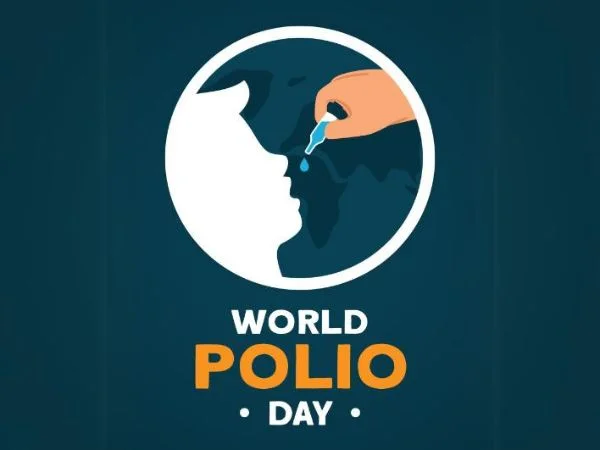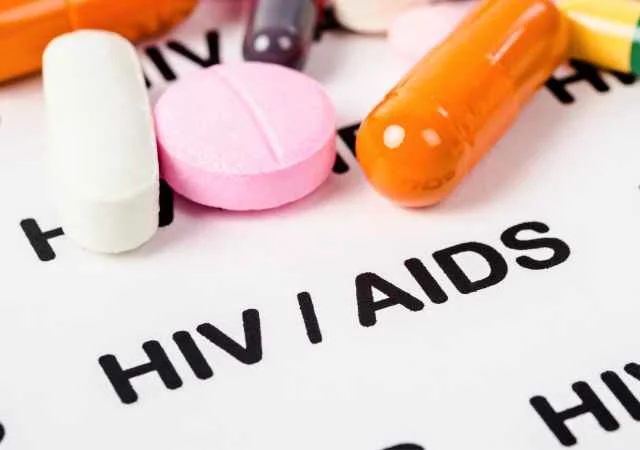India has also been known as the diabetes capital of the world, and millions are suffering from the disease. The ICMR-INDIAB study (2023) conducted by the Indian Council of Medical Research reveals that over 101 million Indians are diabetic and nearly 136 million are at risk of acquiring the same in the foreseeable future. Humans have grown accustomed to blaming diabetes on excessive sugar intake or lack of exercise. But facts are quite different. The article above sheds new light on diabetes in India — not just a lifestyle disease, but a pointer for broader social, economic, and environmental shifts. Urban stress, air pollution, irregular sleep cycles, and a heightened culture of processed food are determinants no less powerful. A Ministry of Health and Family Welfare (MoHFW) report gives the way in which changing urban lifestyles, long working hours, and calorie-rich diets have reshaped India’s health landscape.

Evolutionary Background and Changing Patterns in Diabetes in India
India’s diabetes burden has been very diverse across decades. Diabetes prevalence was low previously, and in the previous research studies carried out in the 1960s, the prevalence had been approximated to be between approximately 1.5% in urban areas like Mumbai and much less in rural settings. National prevalence in the 1970s was approximately 2.1%. Years ago, diabetes incidence India led termed the “diabetes capital of the world.” One such reason was that the number of diabetics among the urban population increased due to a lifestyle change that was being followed by higher consumption of high-calorie foods and a drop in physical activity.
Genetics is also a contributing factor to diabetes risk in Indians. Indians are more prone to type 2 diabetes genetically, and they would also be at risk of getting diabetes at smaller body weights and earlier ages compared to other populations. All these, with the factor of change in lifestyle such as urbanization and diet, were the cause of the increase.
The pattern of diabetes has shifted over the last few years. Urban regions continue to report high rates of diabetes prevalence—17-19% prevalence—but rural regions are rapidly closing in on them with some reporting increasing rates of diabetes and prediabetes as economic development catches up. The urban-rural divide in diabetes prevalence is narrowing, as per a national health disease burden.
Underlying Causes of Diabetes in India — The Hidden Drivers
The reason behind Indian diabetes is not necessarily eating too much sugar and not doing any physical labor. Scientists are finding evasive and new reasons that are changing the face of diabetes in India. The first reason is the altered environment. City pollution and stress lead to inflammation in the body, which also causes diabetic risk. Habits and patterns of nutrition have also seen a radical transformation. The high-fiber, whole-food Indian diet individuals once had has been replaced with processed foods, sweet drinks, unhealthy fats, and white rice. Their consumption has led to insulin resistance and then diabetes. Socio-economic status also has a vital role to play.
Urbanization at a faster rate means that huge numbers of people relocate from rural to urban areas, which brings them into contact with lifestyle changes like less physical activity, more stress, and readily available unhealthy fast food. Poverty and lack of adequate information also make most people unable to attain proper care and prevention. Studies have also shown that, along with these contemporary lifestyle and environmental factors, a matching genetic profile instigates a perfect storm of diabetes. Indians have a distinctive genetic profile by which they get hyper-sensitive to fat and sugar, and when mixed with modern lifestyle changes, it leads to diabetes at a young age and in an aggressive form. Impact of Modernization on Diabetes in India.

The rate of modernization in India has progressed a great deal to convert India into the world’s capital for diabetes. Urbanization is responsible for faster lifestyle modifications in urban cities, where people work more hours on the job at workplace desks, are more technology-oriented, and exercise less.
Technology simplifies life but makes it less active. People use mobile phones, computers, and automobiles most of the time instead of walking and manual labor. This leads to obesity, the strongest risk factor for diabetes. Secondly, food habits with modernization are in the form of increased use of processed foods, sugary beverages, and fast foods instead of a traditional, balanced Indian diet, resulting in derangement of blood sugar.
Modernization and development, even in rural zones, have brought about lifestyle changes. Greater connectivity and access to the city have made the people of rural areas consume more packaged foods and lead a less active life than they used to. Both rural and semi-urban areas are plagued more by diabetes, which indicates how the results of modernization are spreading far and wide (Economic Times 2024).
A rapid urbanization, technology-driven lifestyle shift, and dietary change collectively have reshaped the health scene of India, propelling its position as the diabetes capital of urbanized and developing rural areas.
The prevalence rate of diabetes in urban areas like Mumbai and Delhi is 18-20%, while in rural India it is 8-10%. Sedentary lifestyle has also been brought about by urbanization, where people sit for more than half of their hours in front of computers, phones, and automobiles instead of being active. It causes weight gain, which is a significant risk factor for diabetes. Lifestyle alteration with explosive technology growth also contributes its share, where ease leads to more screen time and less mobility. Food habits also shift from a well-balanced diet to processed foods, sweets, and fast food, disturbing the balance of blood glucose. Neither are they rural belt lagging; speedy economic growth and urbanization have introduced the same lifestyle changes there too, thus multiplying the rate of diabetes there too (Economic Times 2024).
Trend-Setting Measures to Fight India’s Diabetes
India is progressing rapidly and proactively in the adoption of new measures to fight the diabetes epidemic through the aid of government schemes, technological advancements, and social movements. Government’s National Programme for Prevention and Control of Cancer, Diabetes, Cardiovascular Diseases and Stroke (NPCDCS) also involves screening, early diagnosis, health education, and availability of drugs like insulin free or at subsidised rates under programmes like Ayushman Bharat and Pradhan Mantri Bhartiya Janaushadhi Pariyojana (NPCDCS, Ministry of Health).
Research support is very strong under the Department of Biotechnology to identify new drug targets and better therapeutics. Technology takes on a revolutionary nature through technologies like AI-based diagnosis, smart wearables, and mobile apps for early disease detection and management. BeatO and HealthifyMe are some of the companies that provide AI-based dietary advice and monitoring, and ensure that diabetes management becomes simple and customized (Express Healthcare 2024). Digital health technologies serve as bridges between health professionals and patients, especially in rural and remote communities.
Personal Accounts and Professional Insights into India’s Diabetes Epidemic
India’s leading endocrinologists disclose the secret of India as the diabetes capital and offer professional analysis of how to tackle this epidemic. Chairman Endocrinology, Max Healthcare, Dr. Ambrish Mithal says, “India’s distinctive genetic predisposition coupled with accelerated lifestyle changes makes for a perfect diabetes storm.” Urbanization, lack of physical activity, and unhealthy diet fuel the onslaught. Dr. Dheeraj Kapoor, Gurugram’s leading endocrinologist, summarizes, “There should be early treatment of such complications like heart disease and renal injury, but awareness and accessibility are still concerns all over India.”. One of the inspiring patient stories is Mrs. Neelam Sachar, a 64-year-old former Vadodara school principal from Gujarat. For her, “Pricking insulin was traumatic, and I felt depressed about my vision loss. Joining an online diabetes reversal program gave me hope and control over my health.”.
One was from Abhishek Gupta, with very high blood sugar in 2019 (HbA1c 16). With lifestyle change and supported care for diabetes, he realized a drop of 6 in 8 months, a diabetes control success story with full support. These on-the-spot observations and expert analysis bring India’s human and medical reality of the diabetes debacle into relief, hope, and uplifting vignettes as well as complaints about care and awareness shift.
Summary: Beyond the Label – Envisioning a Healthier India
India’s image as the world’s diabetes capital rests on complicated, inter-connected causes—genetics, fast-track urbanization, nutritional transition, and socio-economic transition are among them. With some 77 million being classified as having diabetes today and a projected increase to over 100 million by the year 2030, the issue is an epidemic in proportion and one of immediate concern. It is an affliction of both metropolitan and rural communities, with society at large undergoing lifestyle changes (International Diabetes Federation 2025, Global Health 2025). But sustained efforts are encouraging. Governmental efforts, technology, and voluntary effort are trying their best to turn the tide. As a people, Indian citizens can dream and build a healthy future of a different sort beyond the ‘diabetes capital’ tag.


